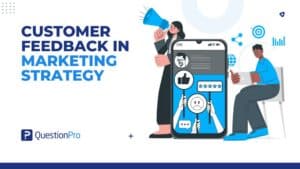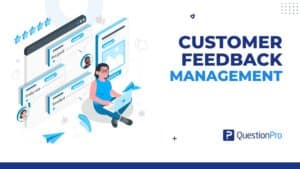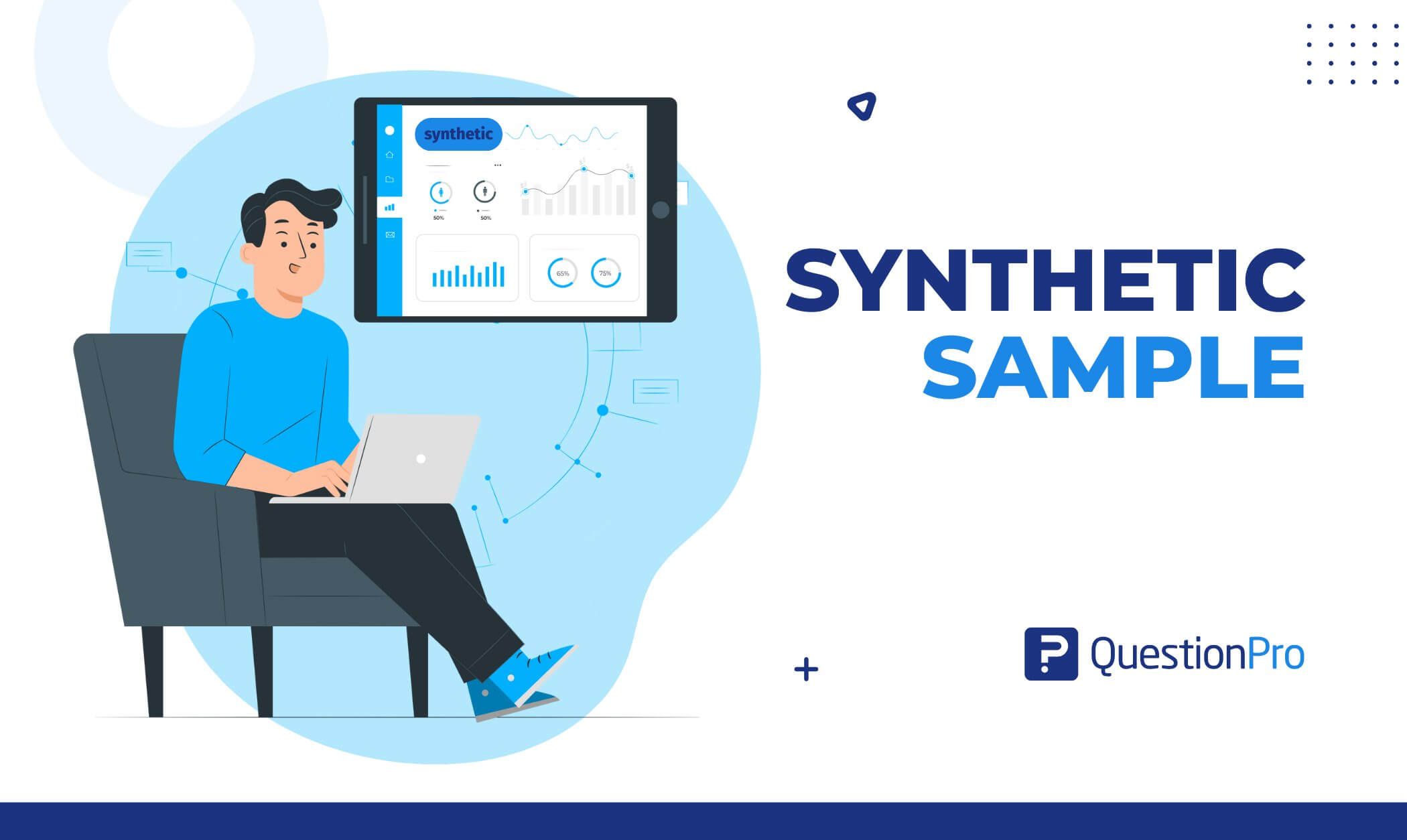
In today’s fast-evolving research landscape, access to high-quality data is crucial. Traditional data collection methods often face challenges like limited sample sizes, high costs, respondent bias, and privacy concerns. You can use synthetic sample to make a smart move in your research.
Suppose you’re designing the perfect survey, but your target audience is as untouchable as a Wi-Fi signal in a basement. What if you could simulate 1,000 hyper-realistic respondents overnight? Or model market reactions to a new product without risking a single dollar? That’s the power of a synthetic sample!
In this article, we explore how synthetic samples work, the benefits for research, use cases, and best practices in research fields.
What is Synthetic Sample?
Synthetic sample is an artificially generated dataset designed to mimic real-world data. It’s artificially generated, not collected from real humans, sensors, or real events, but designed to mirror real data’s patterns, behaviors, and statistical properties.
Consider synthetic samples as “realistic fakes” that unlock experimentation without risk. They allow researchers to stress-test scenarios like predicting market reactions to a product launch or training machine learning models before investing time and resources into real-world deployment.
For example, synthetic survey responses might replicate the demographics and behavioral trends of a target audience, or synthetic medical records could simulate patient outcomes without exposing sensitive details.
Why Use Synthetic Samples in Research?
Synthetic data is revolutionizing research by addressing critical gaps in market research, training data availability, and data quality. For data scientists, AI-generated synthetic data offers a valuable tool to:
- Scale datasets when original data is scarce or expensive to collect.
- Maintain privacy by mimicking patterns of sensitive original data without exposing real-world details.
- Reduce bias in training data for large language models (LLMs) and AI systems.
- Simulate scenarios (e.g., market trends, customer behaviors) to stress-test hypotheses risk-free.
By using artificial data, researchers gain the flexibility to innovate while maintaining ethical and statistical rigor, which is a win-win for data-driven decision-making.
How to Generate Synthetic Samples for Research?
Synthetic data generation is changing how researchers generate data for their projects. It is a cost-effective alternative to traditional methods like manual surveys or lab experiments.
By using generative AI and artificial intelligence, teams can create synthetic datasets, including synthetic respondents for survey data, that maintain data integrity while scaling insights. Here’s how modern synthetic data generation works:
- AI-Powered Tools: Use generative AI models (e.g., large language models, or LLMs, and generative adversarial networks, or GANs) to generate data points that mimic patterns in the original datasets.
- Hybrid Approaches: Combine real data and synthetic data to fill gaps in small or biased datasets.
- Simulate Scenarios: Model hypothetical behaviors (e.g., customer choices, market shifts) for risk-free testing.
- Automated Validation: Ensure synthetic samples align statistically with the original data to preserve accuracy.
Adding synthetic data to research projects can speed up timelines and reduce costs; it’s a game-changer for data-driven fields.
Applications of Synthetic Samples
Synthetic samples change how researchers approach data challenges, offering scalable, privacy-safe alternatives to traditional datasets. Below are examples across industries using structured synthetic data (tabular, organized formats) and unstructured synthetic data:
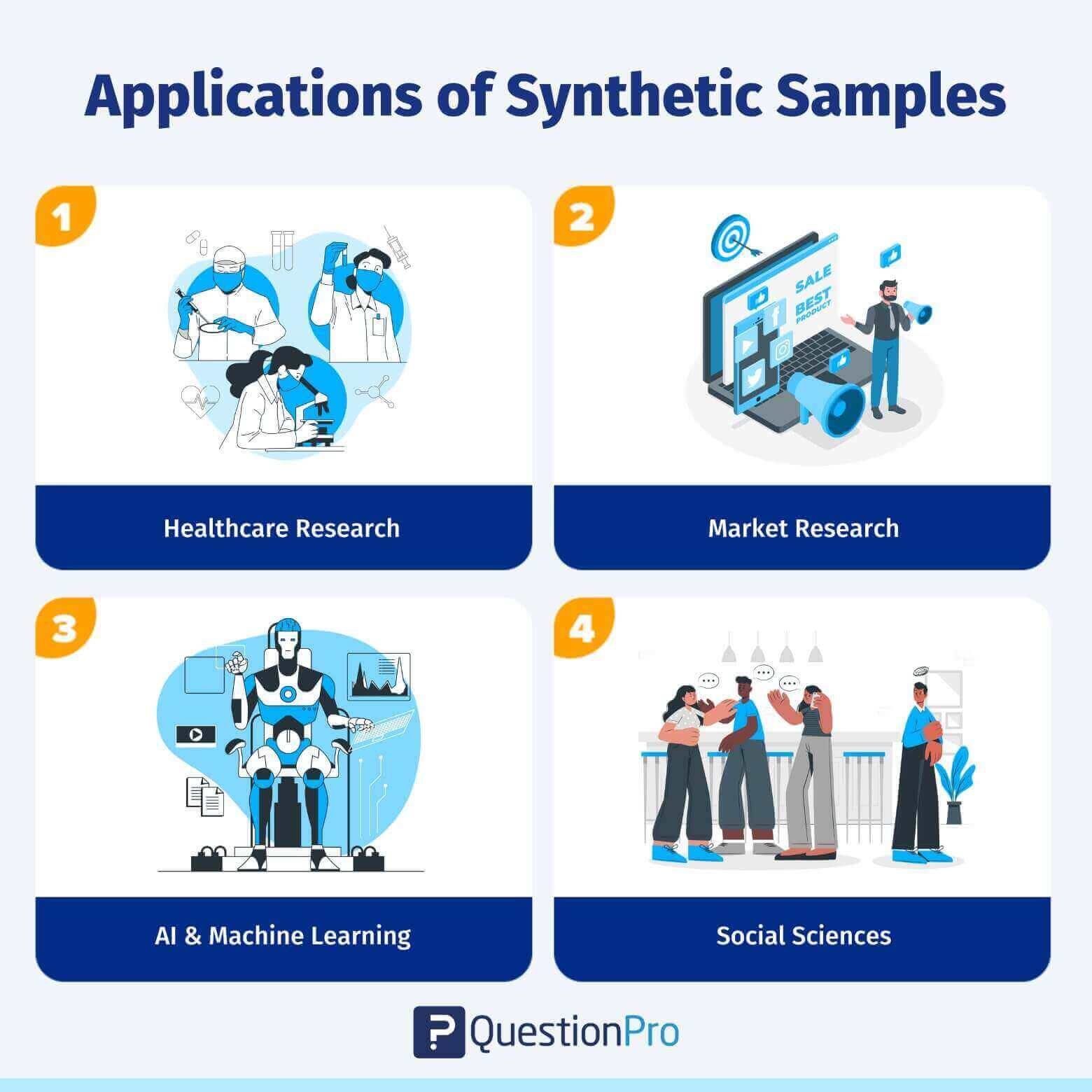
1. Healthcare Research
- Synthetic medical records: Generate realistic data on patient demographics, diagnoses, and treatments without exposing sensitive health information.
- Drug discovery: Use structured synthetic data to simulate clinical trial outcomes and speed up hypothesis testing.
- Medical imaging: Create synthetic data for rare conditions (e.g., AI-generated MRI scans) to train diagnostic algorithms.
2. Market Research
- Survey pre-testing: Build synthetic respondents to test questionnaires before deploying them to real people.
- Sentiment analysis: Train models on unstructured synthetic data (e.g., simulated customer reviews) to predict trends.
- Price sensitivity modeling: Combine real and synthetic data to forecast demand without risking live campaigns.
3. AI & Machine Learning
- Bias mitigation: Balance skewed datasets by creating synthetic data for underrepresented groups.
- NLP training: Generate unstructured synthetic data (e.g., fake chat logs) to improve chatbot language understanding.
- Edge-case simulation: Use synthetic samples to train autonomous systems in rare scenarios (e.g., self-driving cars in extreme weather).
4. Social Sciences
- Behavioral studies: Realistic data on human behavior (e.g., synthetic social media activity) is simulated to study trends.
- Policy impact modeling: Integrate synthetic data with census data to predict outcomes of social programs.
By combining structured and unstructured synthetic data, researchers can innovate while being rigorous and ethical.
Use Cases of Synthetic Samples
Synthetic samples solve data scarcity, privacy, and scalability problems. Here are real-world examples of how structured synthetic data (tabular/organized) and unstructured synthetic data (text, images) are driving innovation across industries:
1. Training AI Models for Autonomous Vehicles
Autonomous vehicle development uses synthetic data to simulate rare or dangerous driving scenarios. For example, unstructured synthetic data, such as AI-generated images of pedestrians crossing in heavy rain or cyclists at night, allows engineers to train perception systems without risking real-world accidents.
Companies like Waymo use realistic data from virtual environments to test millions of miles so algorithms can handle edge cases safely. Researchers combine synthetic data with real sensor data to balance cost with robustness.
2. Personalized Medicine & Genomic Research
In genomics, synthetic samples simulate DNA sequences to study genetic mutations or disease links without compromising patient privacy. Researchers create synthetic data representing diverse populations to find biomarkers for cancer or Alzheimer’s.
For example, structured synthetic data can model how specific gene variants respond to treatments, accelerating drug personalization.
3. Customer Support Chatbot Training
AI-powered chatbots need vast amounts of conversational data to handle different queries. Unstructured synthetic data, like simulated customer complaints or technical support conversations, trains models to recognize slang, accents, and niche topics.
By combining synthetic data with real chat logs, companies improve response accuracy without the privacy risks of real user interactions.
Synthetic samples bridge the gap between ambition and reality by simulating market trends, training AI models, or protecting sensitive information.
Best Practices of Synthetic Samples for Researchers
While synthetic data is powerful, it’s only as good as how it’s created, validated, and applied. Follow these best practices to get the most utility, maintain data integrity, and align with your research study goals:
- Validate with original data: Use statistical tests (e.g., Kolmogorov-Smirnov test) and expert reviews to check for consistency.
- Balance data formats: Keep structured data relationships and unstructured natural language.
- Use hybrid approaches: Blend synthetic and real data to fill gaps and model edge cases.
- Prioritize privacy: Replace high-risk fields with partial synthesis and use differential privacy.
- Collaborate across domains: Get domain experts and data scientists to flag unrealistic patterns.
- Document methodologies: Disclose tools, synthetic-real data ratios, and limitations.
- Iterate frequently: Update models with new data and refine them based on user feedback.
By following these approaches, you’ll ensure that synthetic samples enhance, not undermine, your research.
How QuestionPro Enhances Synthetic Data Integration?
QuestionPro helps researchers use synthetic data effectively through its survey and research suite tools. The Platform supports structured synthetic data generation (e.g., simulated survey metrics) with variable relationships (e.g., age-income correlations) and unstructured data with AI-driven text analysis tools to generate realistic open-ended responses mimicking human language patterns without plagiarism risks.
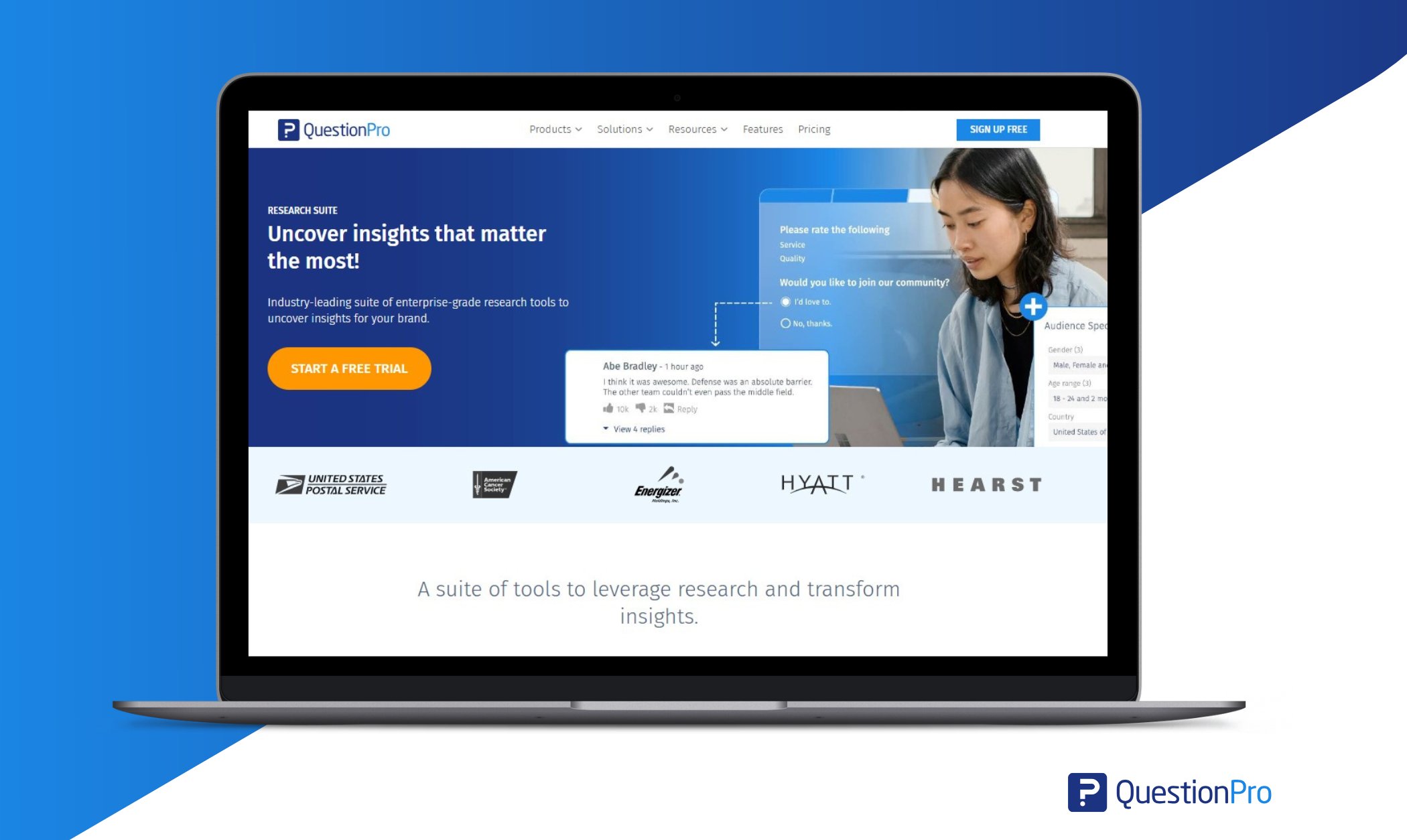
The Platform also prioritizes privacy compliance by allowing partial synthetic data creation for sensitive fields and seamless integration with real data.
With built-in validation metrics and collaborative workspaces, the Platform allows domain experts and data scientists to refine synthetic outputs, align with research goals, and deliver ethical and actionable insights. So, QuestionPro is your partner in balancing innovation with methodological rigor in synthetic data-driven research.
Conclusion
Synthetic data is like a Swiss Army knife for researchers. It helps with not having enough data, protecting people’s privacy, and testing crazy ideas safely. The possibilities are endless, but there’s a rule to use wisely.
A synthetic sample works best when paired with real-world checks. Compare it to the original data to catch errors. Mix synthetic and real data to fill gaps. Always prioritize privacy and replace sensitive information instead of inventing entire fake worlds.
Tools like QuestionPro make this easier by providing innovative ways to create realistic and ethical data. Think of it as building a sturdy, reliable bridge between imagination and reality that gets you where you need to go.
Frequently Asked Questions(FAQs)
Answer: A synthetic sample is an artificially generated dataset designed to mimic real-world data. It’s artificially generated, not collected from real humans, sensors, or real events.
Answer: Synthetic samples are used in research to overcome data scarcity, privacy constraints, and bias challenges. They enable scalable, cost-effective data generation that mimics real-world patterns without exposing sensitive information, while allowing simulation of rare scenarios and balanced datasets to improve AI fairness and accuracy. This approach supports ethical, risk-free innovation in fields like healthcare, finance, and AI development.
Answer: The best practices of synthetic samples are validated with real data, balanced formats, and hybrid approaches, as well as privacy assurance, facilitating cross-domain collaboration, use of document methods, and iteration models.
Answer: You can generate synthetic samples using AI models (e.g., GANs, LLMs), blend real and synthetic data to address gaps, simulate scenarios (e.g., customer behavior), and validate statistically for accuracy.





